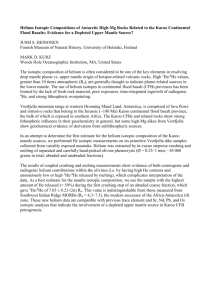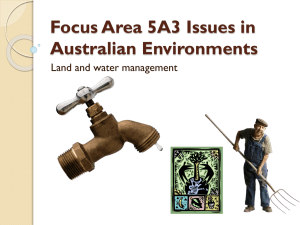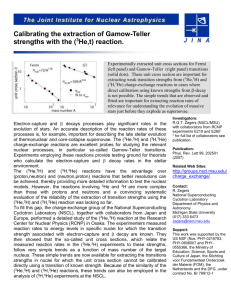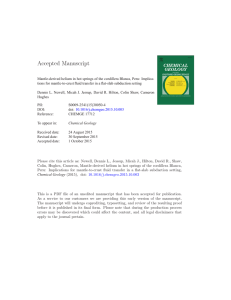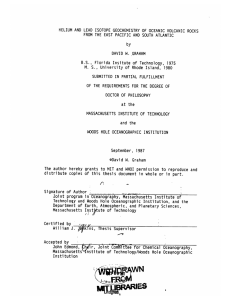Toward a new paradigm for the Great Artesian Basin
advertisement
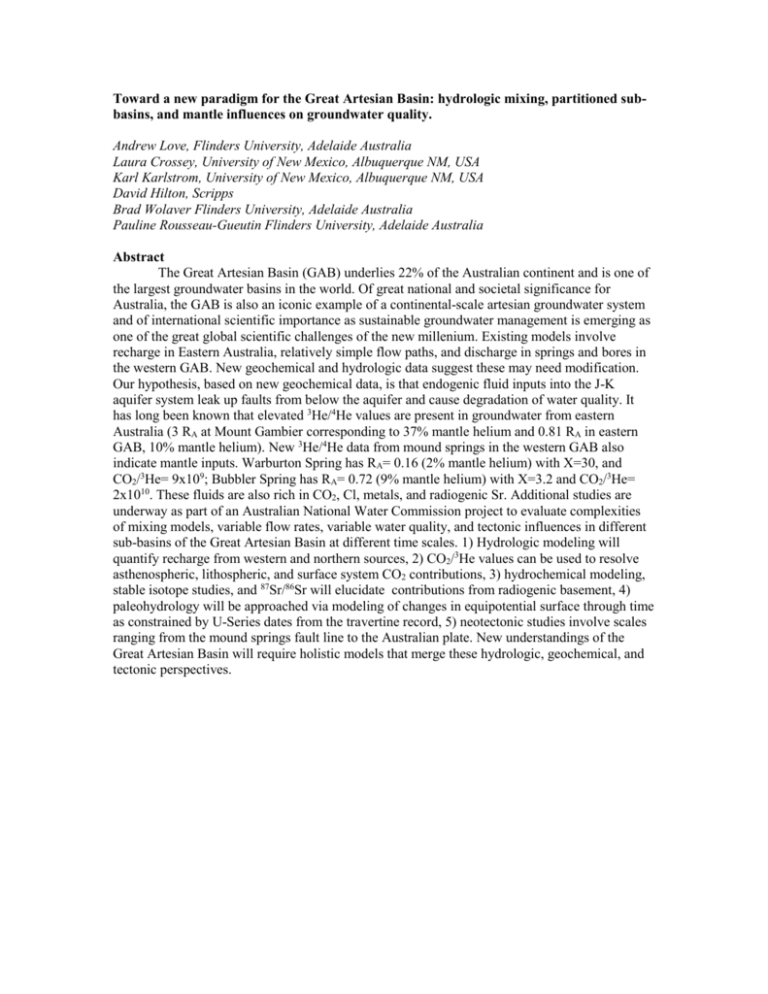
Toward a new paradigm for the Great Artesian Basin: hydrologic mixing, partitioned subbasins, and mantle influences on groundwater quality. Andrew Love, Flinders University, Adelaide Australia Laura Crossey, University of New Mexico, Albuquerque NM, USA Karl Karlstrom, University of New Mexico, Albuquerque NM, USA David Hilton, Scripps Brad Wolaver Flinders University, Adelaide Australia Pauline Rousseau-Gueutin Flinders University, Adelaide Australia Abstract The Great Artesian Basin (GAB) underlies 22% of the Australian continent and is one of the largest groundwater basins in the world. Of great national and societal significance for Australia, the GAB is also an iconic example of a continental-scale artesian groundwater system and of international scientific importance as sustainable groundwater management is emerging as one of the great global scientific challenges of the new millenium. Existing models involve recharge in Eastern Australia, relatively simple flow paths, and discharge in springs and bores in the western GAB. New geochemical and hydrologic data suggest these may need modification. Our hypothesis, based on new geochemical data, is that endogenic fluid inputs into the J-K aquifer system leak up faults from below the aquifer and cause degradation of water quality. It has long been known that elevated 3He/4He values are present in groundwater from eastern Australia (3 RA at Mount Gambier corresponding to 37% mantle helium and 0.81 RA in eastern GAB, 10% mantle helium). New 3He/4He data from mound springs in the western GAB also indicate mantle inputs. Warburton Spring has RA= 0.16 (2% mantle helium) with X=30, and CO2/3He= 9x109; Bubbler Spring has RA= 0.72 (9% mantle helium) with X=3.2 and CO2/3He= 2x1010. These fluids are also rich in CO2, Cl, metals, and radiogenic Sr. Additional studies are underway as part of an Australian National Water Commission project to evaluate complexities of mixing models, variable flow rates, variable water quality, and tectonic influences in different sub-basins of the Great Artesian Basin at different time scales. 1) Hydrologic modeling will quantify recharge from western and northern sources, 2) CO2/3He values can be used to resolve asthenospheric, lithospheric, and surface system CO2 contributions, 3) hydrochemical modeling, stable isotope studies, and 87Sr/86Sr will elucidate contributions from radiogenic basement, 4) paleohydrology will be approached via modeling of changes in equipotential surface through time as constrained by U-Series dates from the travertine record, 5) neotectonic studies involve scales ranging from the mound springs fault line to the Australian plate. New understandings of the Great Artesian Basin will require holistic models that merge these hydrologic, geochemical, and tectonic perspectives.



